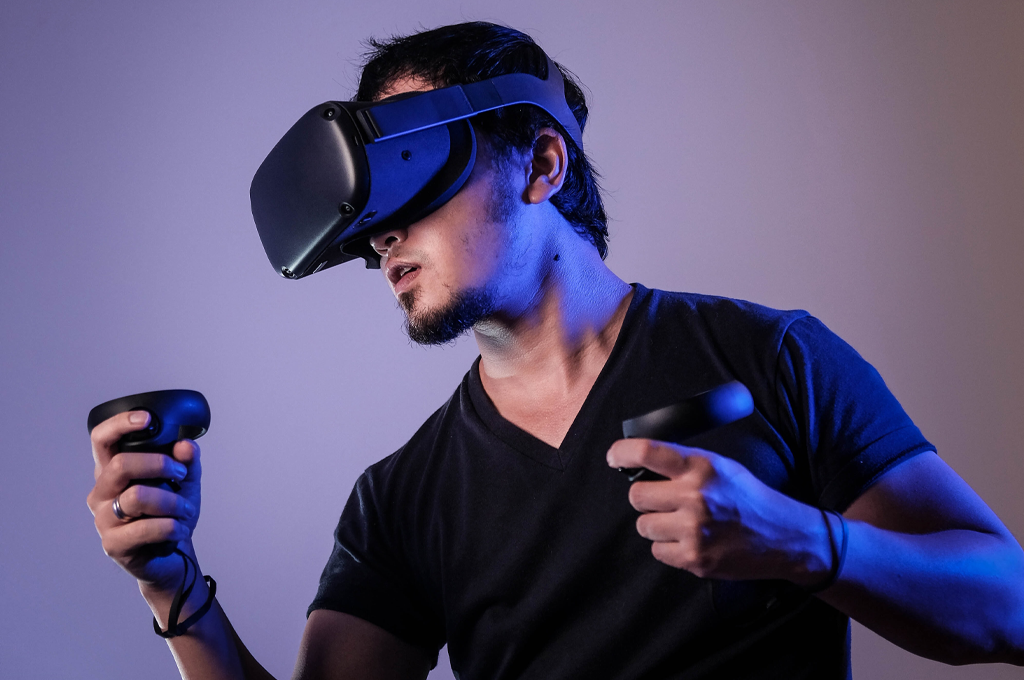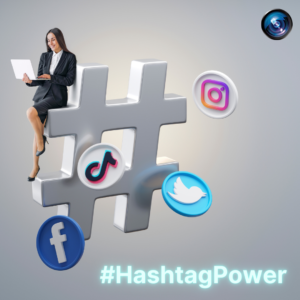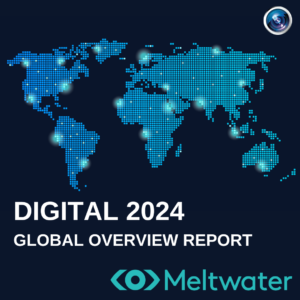The world of advertising is changing, from new social media unicorns such as Clubhouse to senior executives attending large-scale conferences looking sharp from the waist up. VR in marketing has already shown many of us that the boundaries for what is possible can continue to be pushed. In market size, a Grand View Research report on “Virtual Reality Market Size” states the VR market was worth USD $10.38 billion in 2019 and is expected to grow at a compound annual growth rate (CAGR) of 21.6% from 2020 to 2027.
What is Virtual Reality Marketing?
Let’s keep it simple here, if you are not aware of virtual reality by now, best that you step out of that cave and learn about how the best and brightest are investing in the future. Virtual reality marketing can be defined as a unique way to offer an immersive experience to a user with the use of a virtual reality headset, smartphone, or desktop computer.
Not to be confused with the VR gaming revolution, in the context of marketing, VR can be utilized in many unique ways to promote brand awareness, promote a product/service offering, data capture, value-adds, or attract audiences to discover more about who they are. If social media is the digital highway for billboard-type ads, virtual reality programs place the customer right inside the store.
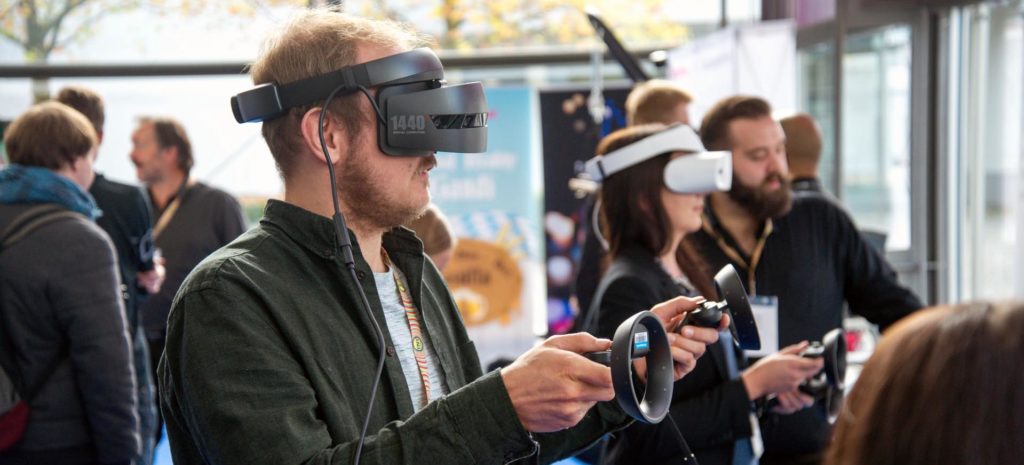
1. Brand Awareness for the Future
Some may argue that the traditional means of advertising and marketing have exhausted most of the avenues that are used by marketers around the world. Taking a moment of how tiring ads on social media and YouTube can be for the user, as things continue to adapt, therein lies a crucial question – Will the public be force-fed more ads or is there any ways to adapt how brands reach customers?
The answer is yet to be discovered, however, Virtual Reality marketing can offer something different. Whether it be immersive walking tours of real estate developments or creating an-store browsing application, offering something new and different to your competitors can go far beyond just making sales. Not to get too deep into the tangible uses at this stage of this post, but brand awareness alone is why your favorite brands can enter your consciousness at a moment’s notice.
2. Give one customer a memorable moment
There is a lot of nuance in the marketing world when it comes to targeting and sales. Many experienced marketers battle it out on social media on what is the best way to communicate a brand’s message. One medium that rings true is communicating a brand message that speaks to a single individual. We do not understand things as a collective, nor do we make our purchasing decisions in a group fashion – unless we go back in time to our school days of jealousy and insecurity.
Creating an exciting and entertaining virtual reality experience will most likely create a memorable experience for each individual. Additionally, if your product or service offering requires some level of education or showcase, VR is an effective way to ensure user engagement and retention of information. It is a “made for you” solution that most content marketers have difficulty in creating.
3. Present your product or service ahead of time
We see VR used in industries such as real estate for remote viewings. Where the future of VR in marketing lies does align with the core basics of the buyer’s journey, where an individual will become aware of a need or want, educate themselves on all the options available, and ultimately make a final purchasing decision based on their vindication of all vendors.
Say if you were a brand in a competitive market that could hyperfocus the education stage of the buyer’s journey. The goal is to offer an immersive product showcase or a true ratio visualization of what the customer will eventually have in their possession. That sounds a little heavy right?
One example would be retail goods, where a brand could have a virtual tour of the in-store experience and see new product seasons ahead of visiting the location. This offers a value add that proceeds having products featured on the website – just like every other retailer continuously trying to capture attention and drive traffic online.
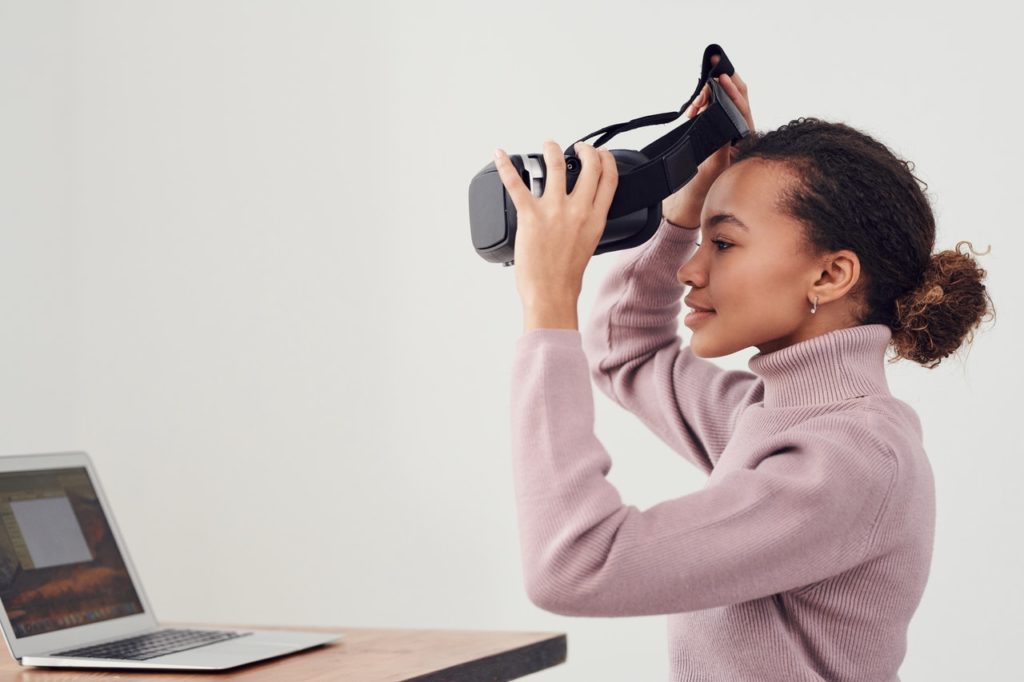
4. The Storytelling Tool of the Future
Let’s be honest, the last 12 months have been a muddy perception of the best way to promote a message to an audience. With that, you toss in a competitive market and only a few social channels, begs the question, how much more stagnant advertising can consumers take?
Storytelling is at the core of what most marketers and brand specialists do, yet most find it difficult to have people engage to the extent that they would with the plan on paper. This is where innovation comes in, and usually is the winner when it comes to promoting a message that is both informational and memorable.
There have been a few key studies on the retention of knowledge with virtual reality technology, one example being an article published in the International Journal of Virtual Reality titled: “Virtual Reality for Training: Evaluating Retention of Procedural Knowledge”. The argument is that the immersion of a user’s experience ties both the unique occasion with the representation of data/information, which can last longer in users’ minds than traditional means.
Consider using a VR marketing piece for a service-based business, they offer an immersive demonstration of the services, tied with branding elements and strong messaging, which could be experienced from the comfort of a persons home. The same could be said for tangible product-based businesses, predominantly in the retail sector. An immersive experience could offer far more for storytelling than browsing an online catalog of goods with flashy discount graphics or a quick scan of an email newsletter.
5. Attract and Retain
Many ads we see on a daily basis more often than not include a call to action(CTA). This is a simple piece of copy incentivizing a form of action for the viewer to take, or to incite an emotional response leading the user to learn more.
In this context, offering a virtual reality experience may put you ahead of the competition, but can also offer a viable way to capture information for future mailing lists or email newsletters. Us marketers love to talk about touchpoints, now imagine your first touchpoint with a person is a virtual reality experience, thus leading the viewer to educate themselves on who the brand is while experiencing something truly unique.
Key takeaways
We got pretty heavy there, if you’re still reading, there is one thing that is an absolute guarantee, virtual reality and immersive technology will continue to grow, hopefully past our expectations. What business owners and marketers around the world have in common is that we are always seeking out new methods and opportunities to be at the forefront of various industries. It is a true opportunity to bring back creativity in marketing.
If you would like to learn more about a Business On Camera case study with a real virtual reality walking tour, check out the Eavor Technologies case study and access the link to take the tour for yourself.


